How To Travel While Breastfeeding: Pumping, Storing and TSA Guidelines
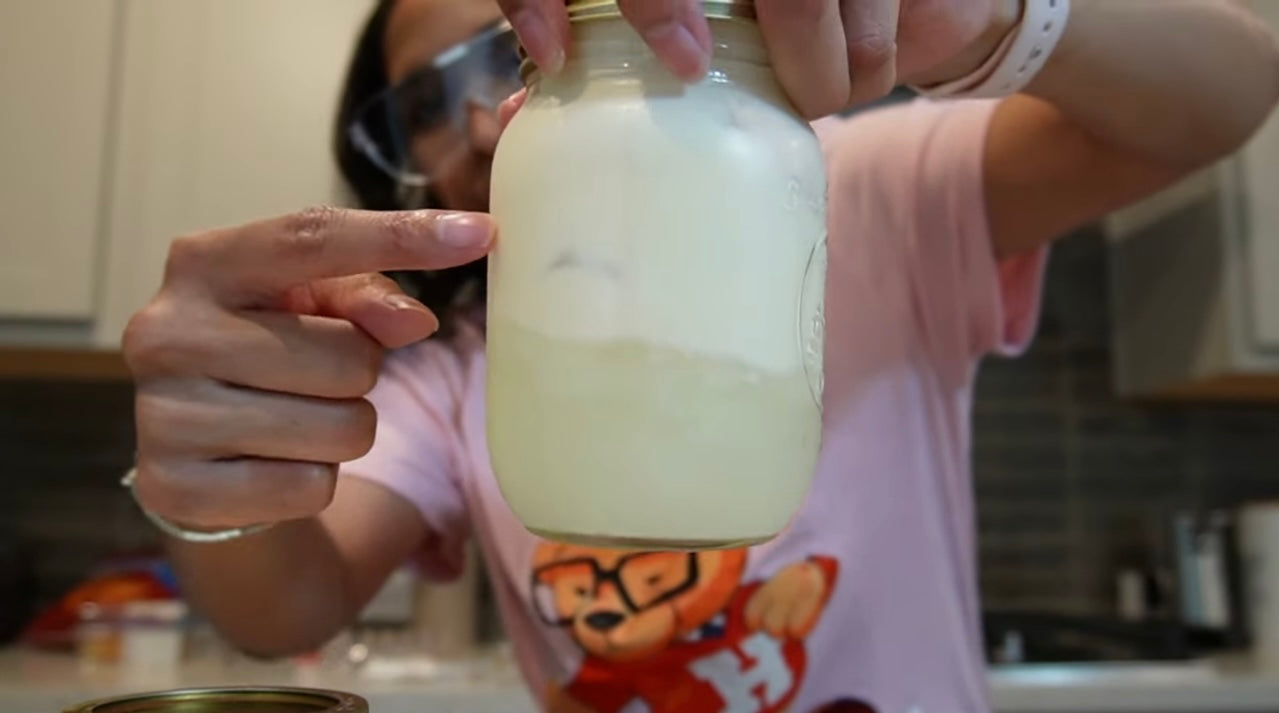
Vacationing while breastfeeding doesn't have to be difficult. Here are some important tips you should know before your trip.
Table of content
Benefits Of Breastfeeding While Traveling
Thinking about traveling while breastfeeding? Great idea! There are so many benefits that can help you and baby while exploring the world.
Some of the greatest benefits to breastfeeding are:
- Added immune protection for you and your baby.
- Breastmilk helps to fight bacteria or infection.
- Breastmilk is known to help your baby with their digestive track, so this is excellent to cut down on upset stomach during your trip.
- PM breastmilk contains natural melatonin to aid with better sleep habits.
- AM breastmilk contains cortisol to help with alertness and energy.
Providing your baby with breastmilk while on the go can help eliminate the need for extra store runs and overpacking feeding items.
One of the greatest benefits to breastfeeding while traveling is the added antibodies that you can pass through your breastmilk to your baby. This extra layer of protection is helpful to reduce the risk of colds, viruses and other illnesses.
Traveling without baby
Traveling without baby and worried about breastfeeding? We got you.
It's extremely important to stick to a regular routine with expressing milk from your breast so that you don't experience a clogged milk duct, or mastitis.
A clogged milk duct occurs when there is a blockage preventing milk to flow from your breast to the nipple. This can be very uncomfortable and if not removed completely, the blockage could lead to an infection, known as mastitis.
While away from baby, plan to use a breast pump that can effectively extract milk from your breast.
Tips For Pumping
Using a standard wall pump or portable pump may not be the best option as you commute through airport security and move about to different locations, as cords and parts to carry could be rather restricting.
Many traveling moms find great convenience in pumping hands-free and being able to do so discreetly without noticeable cords or bulging bottle parts.
Muscle Up Mommy J35 Wearable Pumps are designed for pumping on the go.
- The battery lasts all day on a single charge.
- There's no visible bottles bulging from your clothes or bulky parts to carry.
- The design is compact and fits seamlessly in your bra for a discreet pumping experience.
Other travelers have raved that the suction is quiet, quick and effective.
It's no secret that vacation tends to equal more rest, at least we hope so anyway.
To reduce the discomfort from engorgement, it's important to continue to pump or remove milk from your breast regularly.
If you miss a pumping session, hand massaging or using Muscle Up Mommy's 2-in-1 Lactation massagers can can help with improving milk flow.
Other benefits:
- Reducing clogged milk ducts
- Empty your breast more effectively
- Massage tender areas, hands-free.
Other Important essentials to pack on your trip
- Plastic breastmilk storage bags
- Traveling cooler or carrying bag
- Reusable frozen ice packs
- Extra baby bottles
- pump wipes
- bottle brushes and travel size dish liquid
These items will come in handy and are particularly important when storing and preserving your milk.
Airport Guidelines When traveling with breastmilk (and nursing essentials)
Planning on taking a flight and transporting breastmilk through the airport? Be prepared for TSA screening for any and all domestic and international flights.
Generally there is a 3-1-1 rule, otherwise allowing travelers to bring a quart-sized bag (3.4 ounces or 100 milliliters or less) of liquids, aerosols, gels, creams and pastes through the security checkpoint.
Breastmilk, formula, toddler drinks, and other baby/toddler foods including purees are allowed in carry-on baggage and do not need to fit within a quart-sized bag. Because breastmilk and the above mentioned liquids are considered medically necessary, they are exempt from general TSA requirements and can be transported with or without the presence of your infant//toddler/child.
Breastmilk and formula cooling accessories, such as ice packs, freezer packs, and gel packs (regardless of presence of breast milk), and other related supplies are also allowed.
To expedite the security screening process, notify the TSA officers that you are traveling with breastmilk or infant formula and they will follow protocols to ensure your milk is not contaminated and doesn't contain any explosives or other concealed items that are prohibited.

Storage Guidelines for breastmilk
When traveling, it's important to continue to follow the CDC recommended guidelines to ensure your breastmilk remains fresh and safe to consume.
| Recommended Timeframe | |
| Room Temp | up to 4 Hours |
| Refrigerated | up to 4 Days |
| Freezer | up to 6-12 months |
It's important to note that when pumping on a plane or in transit, freshly expressed milk can stay at room temperature for up to 4 hours and then it must be placed into a refrigerator or temperatures of 39°F (4°C) or colder.
If you decide to freeze breastmilk during your trip, your milk can be placed in a traditional freezer for 6 months or deep freezer for 12 months.
Of course, we don't expect our vacations to last that long, so in the event you want to transport frozen breastmilk, place each frozen bag stacked one on top of the other, in a small sized cooler with ice packs and ice to keep the temperature to 0 degrees Fahrenheit (-18 degrees Celsius) or below.
If for whatever reason your breastmilk starts to thaw during transit, the CDC states that as long as your milk has not completely thawed and still contains ice crystals, your breastmilk bags can be refrozen.
Any breastmilk that has completely thawed but still feels cold, must be consumed within 24 hours or within 1-2 hours once it has reached room temperature.
TSA APPROVED BREASTFEEDING ESSENTIALS
Having a cocktail or few while breastfeeding
While traveling, don't forget to label your breastmilk bags with the day and time you pumped your milk.
This method will allow you to keep track of expiration dates, when your milk was expressed, and helps monitor when your last pump session was if you plan on partying a bit.
Avoiding alcohol is safest for breastfeeding moms, but if you plan on indulging in adult only (or alcoholic) beverages, The CDC recommends these protocols to ensure baby's safety:
| Time To Wait Before Pumping or Latching | |
| 1 shot or drink | Wait 2-3 hours |
| 2 or 3 drinks | Wait 4-5 hours |
| 4 or more | Pump and Pour |
It's important to note that alcohol detection in breastmilk is measured the same way as alcohol detection in the mother's bloodstream. This means that overtime, the alcohol level in both breastmilk and mother's bloodstream would fall and decrease as time passes.
Due to alcohol levels being the highest in breastmilk 30 to 60 minutes after a woman consumes an alcoholic beverage, it's recommended to wait 2 to 3 hours for every drink consumed.
Do You Have To Pump And Dump?
No. You don't have to completely discard your breastmilk after consuming alcohol, but you'll want to avoid consumption.
To protect your milk supply, continue to pump on-demand. If you do not wish to discard your breastmilk or "pump and dump" after having a alcoholic beverage, some alternative uses for your breastmilk are:
- breastmilk bath
- skincare
- using to heal sores, dry, or cracking skin
- making breastmilk soap
Keep in mind that exposure to alcohol above moderate levels through breastmilk could be harmful to an infant's development, sleeping patterns and overall growth/milestones. Over consumption could also impair a mother's ability to use her judgment and/or safely care for her child.
This does not mean you can't have fun or should stop breastfeeding if you want to consume alcohol. However, this is important to note that drinking in excess is not recommended.
Traveling Long Distances While Breastfeeding
Traveling by plane may get you there faster, but a road trip may be a great options as a breastfeeding mom as well.
The benefits of road tripping:
- Stop as much as you'd like to feed.
- Avoid TSA security wait times.
- Reduce time constraints.
- Plan ahead to arrive to your destination on time.
Instead of focusing on travel requirements and restrictions, with road trips you can focus more on safety and comfort.
Car Safety
It's not uncommon to consider convenience when planning for a trip with young children. Many families plan ahead to have one adult drive and navigate the road while the other adult(s) monitor, entertain and manage the children.
Even when breastfeeding on a road trip, you should know it is never safe to unbuckle or remove your child from a car seat restraint to feed or entertain while the car is moving.
What you should do instead:
- Have your driver pull off the freeway or road into a safe place to feed your baby.
- If you plan to nurse or latch directly, be sure to allot for longer rest stops if you have a specified arrival time.
- When pumping and bottle feeding, be sure to have extra bottles packed.
- If your little one prefers warmed breastmilk, a portable bottle warmer may be a good idea to have.
- Avoid letting your baby bottle feed while the car is in motion as this could lead to choking risk, motion sickness, and/or other hazards.
- If driving overnight, make sure the rest stop or parking space is well lit, in a public place, and doesn't have obstruction of view.
Aside from making sure your baby is safely buckled into their car seat, understanding the safest ways to feed during the trip will make it easier to prepare.
Breastfeeding Laws
Breastfeeding is legal in all 50 states, the District of Columbia, Puerto Rico, and the Virgin Islands.
This protects women who choose to breastfeed in any public or private space, including places like malls, airports, libraries, public transportation and shops.
There are also laws that protect women against indecency laws, while breastfeeding.
If this article has helped you, please share with a friend.

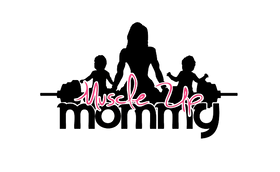
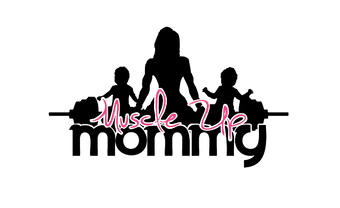
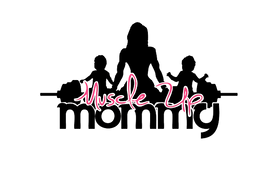

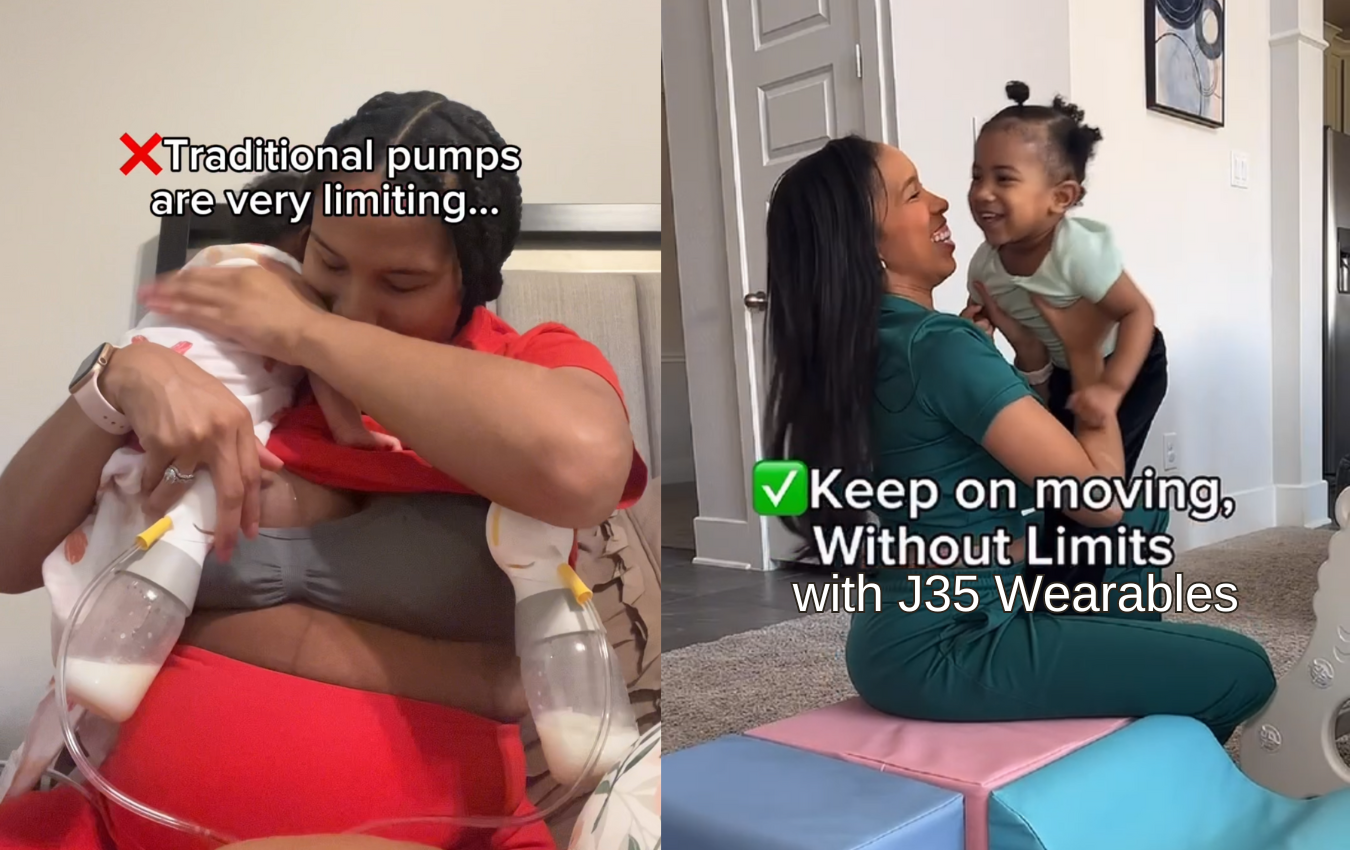
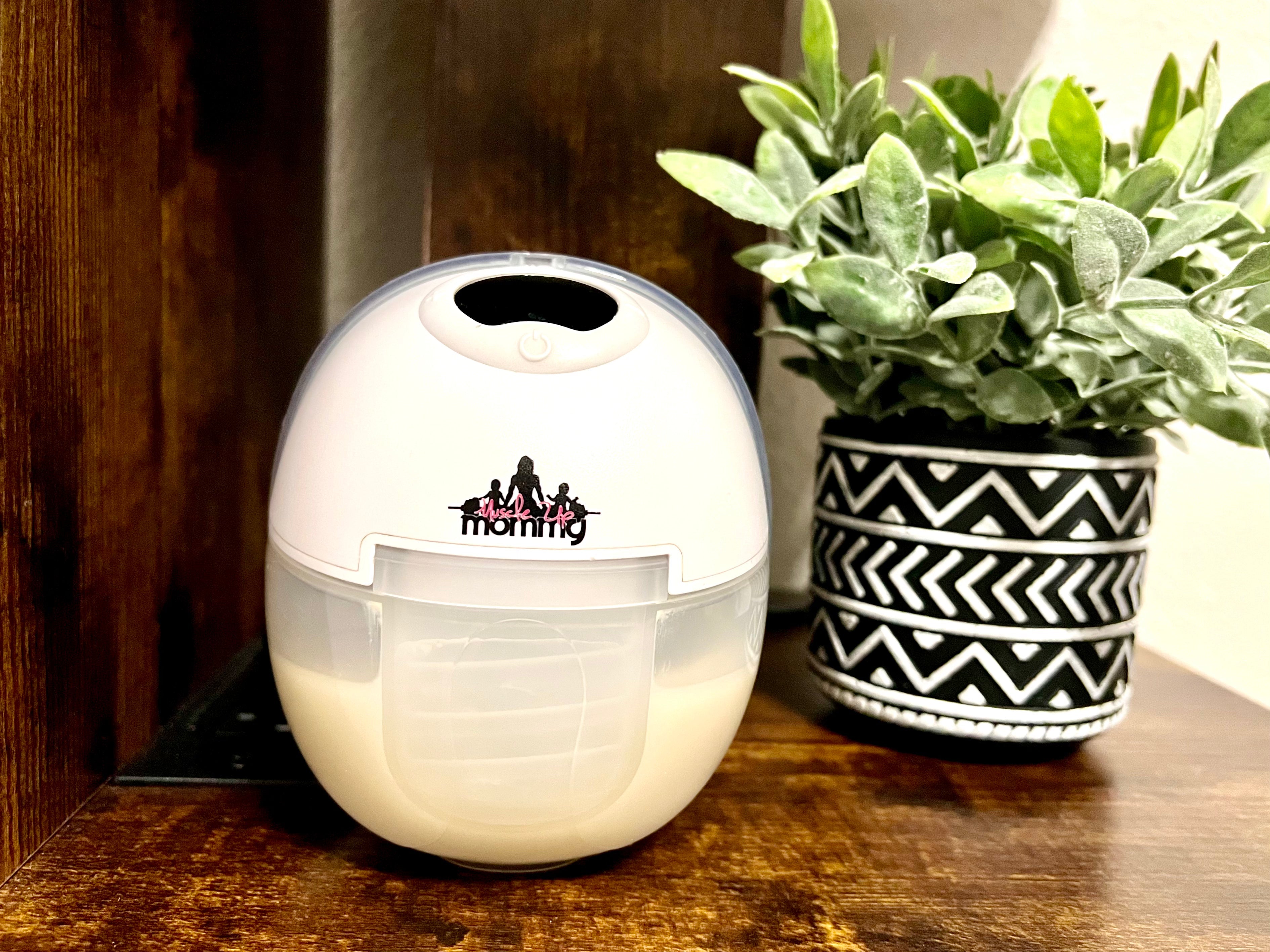
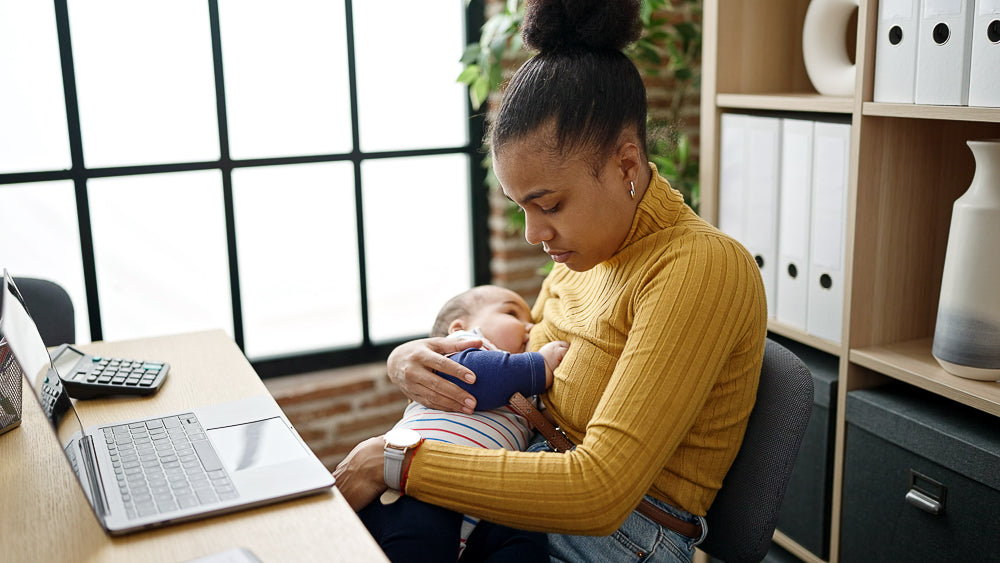
Leave a comment